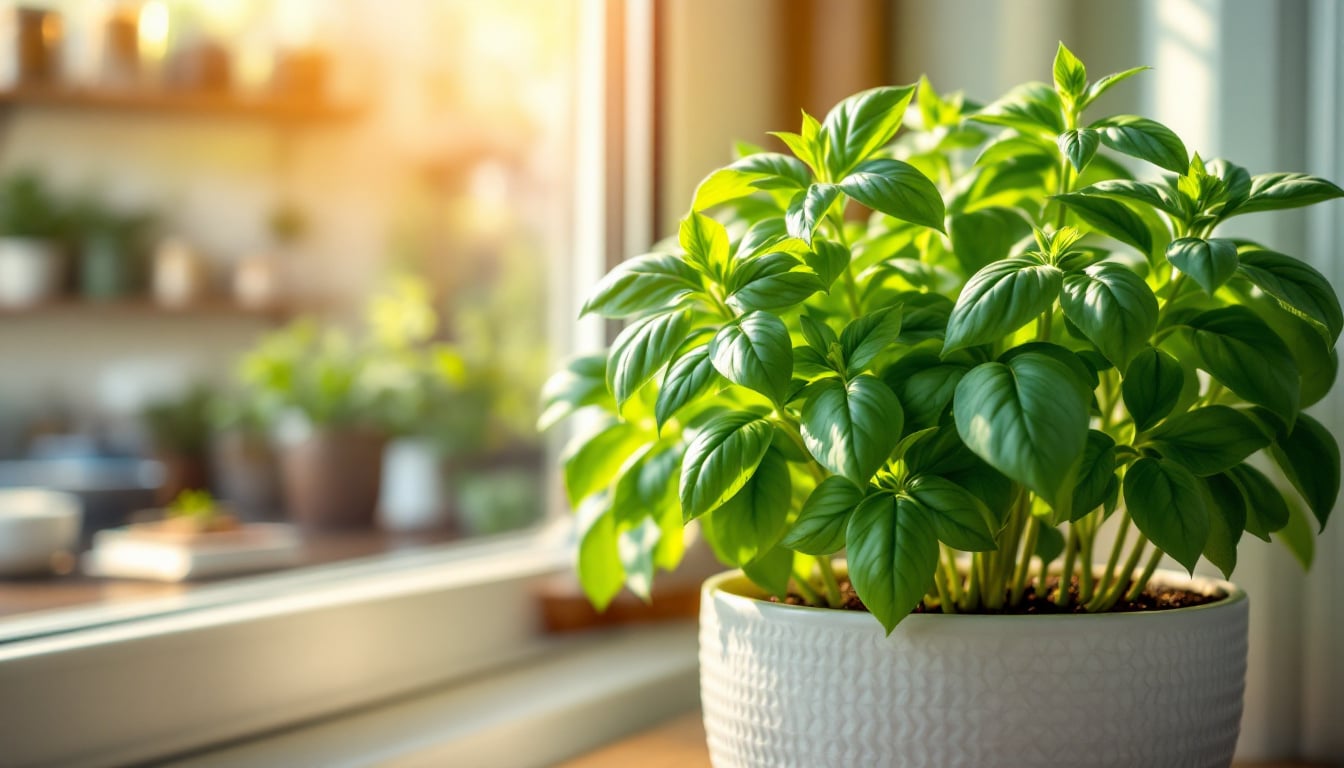This project offers a comprehensive guide for beginners looking to refresh their living spaces through painting. Key aspects include selecting the right latex paint, preparing walls for an even finish, and mastering essential techniques such as cutting in and rolling. Emphasizing the importance of preparation and post-painting care ensures a durable and visually appealing result. With practical tips and a structured approach, even novice painters can achieve professional-looking outcomes in just one day.
Key Takeaways:
- 🖌️ Painting is a rewarding creative activity that can refresh your living space, even for beginners.
- 🔧 Preparation is crucial: select the right paint, move furniture, and tape edges to protect surfaces.
- 🧽 Wall preparation involves cleaning, repairing imperfections, and ensuring a smooth surface for optimal paint adhesion.
- 🎨 Use a two-person method for applying paint to minimise lap marks and achieve a seamless finish.
- ⏳ Allow adequate curing time after painting, typically between 2 weeks to 30 days, for a durable finish.
Handy Hack: When using a roller, slightly wet it before painting to enhance paint absorption, ensuring an even coverage and a smoother finish!
Project Overview
The project is designed to be completed within a timeframe of 6 hours, allowing for a total duration of just one day. It is specifically tailored for individuals at a beginner skill level, making it accessible for those who may not have prior experience in painting. This overview serves as a roadmap for any novice looking to undertake a painting project in their home.
Concept of Painting
Painting is a creative endeavour that can be enjoyed by non-professionals, allowing anyone to refresh their living space. The key to a successful painting experience lies in the right tools and adequate preparation. Among the essential techniques to master are cutting in edges, which involves carefully painting the borders of surfaces, and using a roller to efficiently fill in larger areas. Furthermore, a collaborative approach, particularly a two-person method, can significantly reduce the occurrence of lap marks, ensuring a more seamless finish across the walls.
Preparation Steps
To commence the painting process, selecting the appropriate latex paint is crucial. For interior spaces, satin or eggshell finishes are ideal, while semi-gloss paints are recommended for kitchens and bathrooms due to their increased durability and ease of cleaning. Before diving into painting, it is essential to move small furniture items out of the way and cover larger pieces to protect them from paint splatters. Additionally, fixtures, curtains, and artwork should be removed, and openings should be taped to guard against accidental paint application. Maintaining optimal indoor humidity and temperature levels is also important, as these factors can significantly influence the effectiveness and appearance of the paint.
Clever ways to use mirrors at home that will instantly transform your space
Wall Preparation
The preparation of the walls is a critical step that should not be overlooked. Begin by sweeping or dusting the walls and ceilings to eliminate any debris that could mar the finished product. Next, any surface imperfections should be addressed using putty or compound, ensuring a smooth canvas for painting. Once repairs are made, sanding the patches until they are flush with the wall is necessary to create an even surface. It is also advisable to wash the walls, ensuring they are clean and free of grease, which can impede paint adhesion. Finally, tape should be applied to trim and any non-wall surfaces to safeguard them from paint during the application process.
Painting Steps
When it comes to the actual painting, certain steps can enhance the overall outcome. Priming the walls is optional; however, using a tinted primer is recommended for darker or stained walls to improve coverage. The painting process begins with cutting in, which involves using an angled brush to carefully paint edges and corners. Following this, the majority of the wall can be painted using a roller. The technique of rolling in a W-pattern and employing light vertical strokes can achieve a smoother finish. After applying the paint, it is important to inspect the walls for any flaws, such as drips or missed spots, before the paint dries. Removing tape should be done while the paint is still tacky to ensure clean lines and prevent peeling.
Post-Painting Care
After the painting is completed, it is important to allow proper curing time before engaging in any cleaning activities. The recommended wait time can vary between 2 weeks to 30 days, depending on the type of paint used. This patience allows the paint to fully adhere and cure, ensuring a durable and long-lasting finish that will withstand the test of time.
FAQs
For those seeking additional guidance, several frequently asked questions can be helpful. It is advisable to paint the ceiling first before tackling the walls in order to achieve optimal results and avoid any potential mess. When using a roller, applying moderate pressure is essential to ensure even coverage across the surface. Additionally, slightly wetting the roller prior to painting can enhance paint absorption, leading to a more efficient and effective application process.
More Painting Insights
Q: How can I ensure that my paint job looks professional?
A: To achieve a professional look, take your time with preparation and use high-quality tools. Pay special attention to cutting in and ensure you apply even pressure with the roller for consistent coverage.
Q: Can I mix different brands of paint for my project?
A: While it’s generally not recommended to mix different brands, you can mix different colors from the same brand as long as they have the same finish. Always test a small amount first to ensure compatibility.
Q: What should I do if I get paint on surfaces I didn’t intend to paint?
A: If you accidentally get paint on unintended surfaces, act quickly! Use a damp cloth or sponge to gently wipe it away before it dries. For stubborn spots, a little rubbing alcohol can help remove dried paint.
Q: How do I know when it’s time to repaint?
A: Signs that it’s time to repaint include noticeable fading, peeling, or cracking paint, as well as stains that cannot be cleaned. Regularly inspect your walls to keep your space looking fresh.
Embrace your creativity and let your imagination guide you as you transform your living space with a splash of color! Painting not only rejuvenates your environment but also serves as a fulfilling and rewarding project. We hope you found this guide helpful and look forward to seeing you back for more insightful articles soon!





